Help finding rare plant
Mark Scarlato
7 years ago
Featured Answer
Sort by:Oldest
Comments (6)
garyz8bpnw
7 years agokudzu9
7 years agoRelated Professionals
Reading Landscape Architects & Landscape Designers · Allentown Landscape Architects & Landscape Designers · Brookline Landscape Contractors · Cerritos Landscape Contractors · El Reno Landscape Contractors · Oakland Landscape Contractors · South Lake Tahoe Landscape Contractors · Augusta General Contractors · Medway General Contractors · Milton General Contractors · University City General Contractors · Westmont General Contractors · Avenal General Contractors · Newington Fence Contractors · Towson Fence Contractorsgaryz8bpnw
7 years agolast modified: 7 years agogaryz8bpnw
7 years agopatricia53110
7 years ago
Related Stories

LANDSCAPE DESIGNNative Plants Help You Find Your Garden Style
Imagine the garden of your dreams designed with plants indigenous to your region
Full Story
GARDENING GUIDESHow to Find the Right Native Plants for Your Yard
Find plant maps, sale sites and guides that make going native in the garden easier than ever
Full Story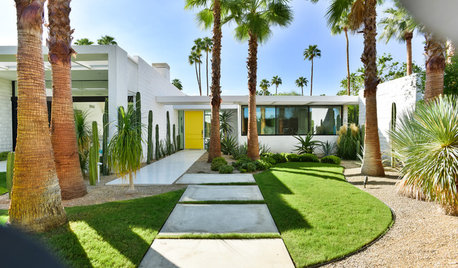
HOUZZ TOURSRare Modernist Home Uncovered in Palm Springs
A custom home by modernist William Krisel gets restored and updated
Full Story
PETS6 Ways to Help Your Dog and Landscape Play Nicely Together
Keep your prized plantings intact and your dog happy too, with this wisdom from an expert gardener and dog guardian
Full Story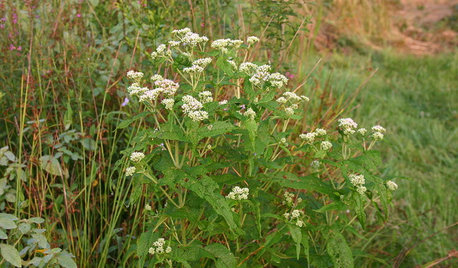
GARDENING GUIDESGreat Design Plant: Common Boneset Helps Good Bugs Thrive
Support bees, moths and butterflies with the nectar of this low-maintenance, versatile and tactile prairie-style plant
Full Story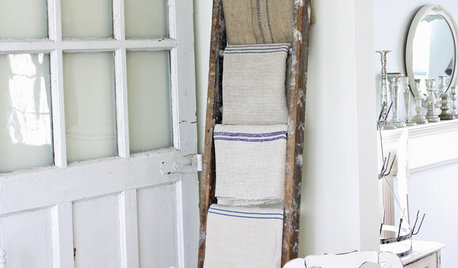
VINTAGE STYLEFlea Market Find: Vintage Ladders
You can use them to hang linens, stack plants and add rustic charm to a room
Full Story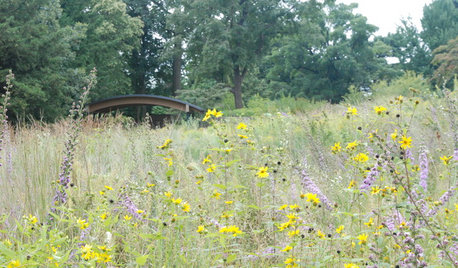
GARDENING GUIDESHow to Find the Right Plants for Your Garden
Break free from choosing plants by cold-hardiness zones for a beautiful landscape that thrives year-round
Full Story
ARTShow News: Rare Quilts Get Museum Time
See 6 intricate designs from a California exhibition and get tips for building your own quilt collection
Full Story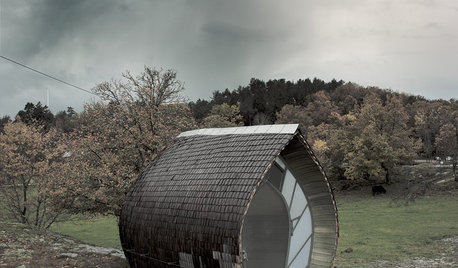
HOUZZ TOURSHouzz Tour: A Rare Tiny-Home Specimen in Sweden
With a reptilian skin and unusual architecture, this small home focuses on nature and simple living
Full Story
PETSHow to Help Your Dog Be a Good Neighbor
Good fences certainly help, but be sure to introduce your pup to the neighbors and check in from time to time
Full StoryMore Discussions






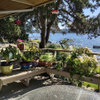
Sammers510